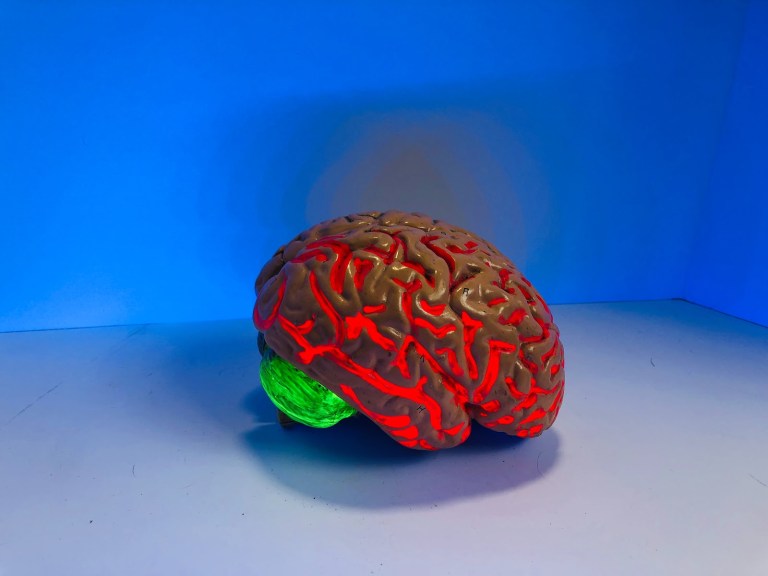Each week, The Daily’s Science & Tech section produces a roundup of the most exciting and influential research happening on campus or otherwise related to Stanford. Here’s our digest for the week of June 14 – June 20.
Artificial synaptic device communicates with living cells
Researchers have created an artificial synapse that can engage with living cells, a study published on June 15 in “Nature Materials” reports. Synapses are the tiny gaps between neurons across which chemical molecules travel to send electrical impulses to the next neuron.
“This paper really highlights the unique strength of the materials that we use in being able to interact with living matter,” materials science and engineering professor Alberto Salleo told Stanford News. “The cells are happy sitting on the soft polymer. But the compatibility goes deeper: These materials work with the same molecules neurons use naturally.”
In 2017, researchers developed an artificial synapse made from organic materials, mimicking the brain’s efficient, low-energy neural learning process. In 2019, the team assembled nine of these devices in an array, copying the biological process of sending and receiving signals between neurons.
The newest version of the device is a biohybrid that can communicate with living cells. The technology could potentially be used to create brain-inspired computers, medical devices or new tools for neuroscience.
“It’s a demonstration that this communication melding chemistry and electricity is possible,” Salleo told Stanford News. “You could say it’s a first step toward a brain-machine interface, but it’s a tiny, tiny very first step.”
Excess arterial growth may drive plaque formation
Unregulated artery growth may be driving plaque formation, a study published on June 15 in “Proceedings of the National Academy of Sciences” found.
This finding starkly contrasts with the long-standing belief that plaque forms due to an accumulation of cholesterol and inflammation of cells in arteries.
“Cardiovascular disease remains the world’s No. 1 killer, despite widespread use of cholesterol-lowering medicines,” surgery professor Nicholas Leeper told Stanford Medicine News. “Recent studies have indicated that the standard dogma about how atherosclerosis happens wasn’t really capturing the whole story.”
Usually, poorly regulated cell growth is kept in check by immune cells, which “eat” the unnecessary cells. The findings suggest when arterial plaque begins to form, smooth muscle cells, the cells found in arteries, lose the regulatory features that control normal cell growth. These unregulated cells also express CD47 — a “don’t eat me” signal — which prevents immune cells from clearing out excess smooth muscle cells.
“These multiplying cells can give rise to different varieties of smooth muscle cell, some bad and some good,” Leeper told Stanford Medicine News. “In the future we may be able to bias the reproduction of these cells away from the bad, toward the good.”
Complications for babies born prematurely are declining
In California, complications from premature birth are in a decline, a study published on June 18 in “Pediatrics” found.
“When a family takes their baby home from the hospital, we want them to have an infant that’s as healthy as possible,” pediatrics associate professor Henry Lee M.S. ’06 told Stanford Medicine News. “Survival without major complications is one way we take into account that survival alone isn’t our only goal.”
The researchers looked at almost 50,000 infants born between 2008 and 2017, and the findings suggest that the percentage of premature babies who survived birth without major complications improved from 62.2% to 66.9%.
“It’s a hard situation when a family suddenly faces premature birth,” Lee told Stanford Medicine News. “But we can tell them that we have taken care of many babies born at this age, and we’ve gotten better. That would hopefully be something of a reassurance.”
Contact Derek Chen at derekc8 ‘at’ stanford.edu.
